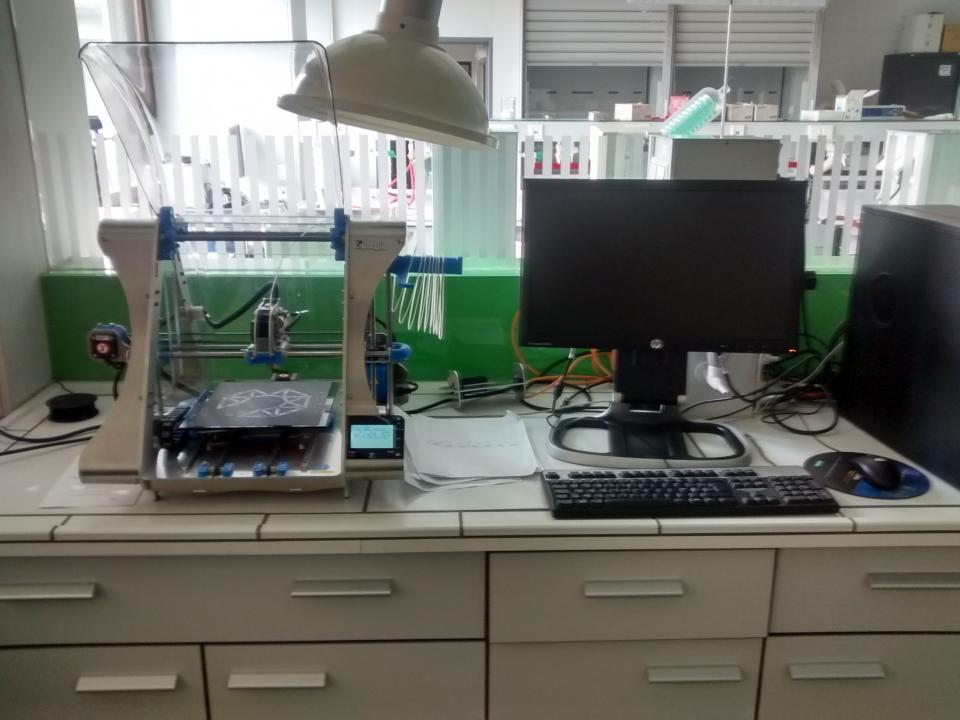Problem outline
Today, fine chemicals are mainly produced centrally, on a large scale. This way of production is logistically complex and requires a lot of starting capital, which makes substances, which are only needed in small volumes, relatively expensive to produce. That is why alternative production methods are being sought. It has recently been demonstrated that '3D printing' can play a key role. Lab-scale syntheses can be translated into a digital 3D printer code through the design of printable reaction modules. This code controls the production of a 3D plastic reactor system that can produce fine chemicals on a milligram scale using simple operations. This concept paves the way to more local and cheaper production of chemicals, outside specialized companies, which would be an interesting addition to the current production models.
Research question
How can we design a new reactor system and use 3D printing for the synthesis of a socially relevant substance?
Methodology
In consultation with the academic world and the professional field, we first look for a substance for which this production model is physico-chemically suitable, can offer an economic added value and can contribute to the sustainability of the production. The translation of the lab-scale synthesis into an integrated reaction system is then done in 3 phases.
- In the first phase (conceptualisation) the optimal synthesis route is determined and the corresponding processes and reaction parameters are determined.
- In the second phase (digitalisation) these processes are bundled into modules and reaction modules are designed with CAD software.
- In the third phase (manufacturing), these reaction modules are 3D printed with polypropylene and linked together so that we can carry out the synthesis step by step.
The formed (intermediate) products are analysed quantitatively and qualitatively so that we can determine whether the reactor system is functional and what the difference is in efficiency with the lab-scale synthesis.






